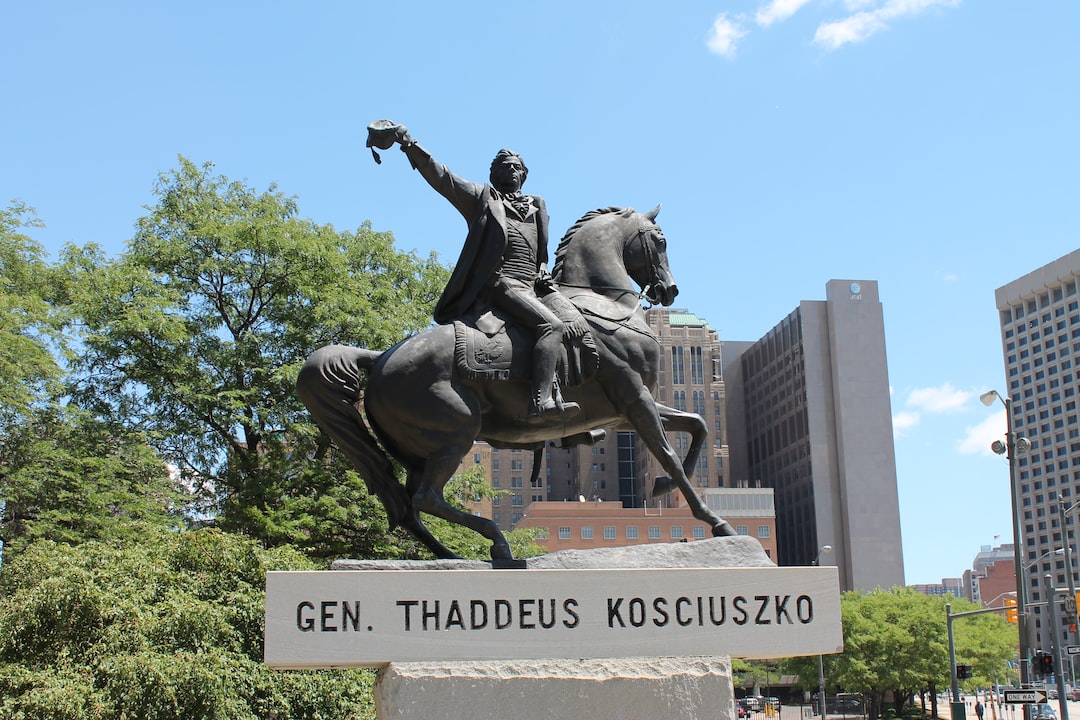When it comes to maintaining the health and appearance of your trees, pruning is an essential task. However, pruning mistakes can lead to irreversible damage or even the need for tree removal. To ensure you make the right choices, here are five common mistakes to avoid when pruning trees.
1. Improper Timing: Timing is crucial when it comes to tree pruning. Pruning during the wrong season can leave your trees vulnerable to disease or pest infestation. It is recommended to prune deciduous trees during their dormant season, which is typically in late winter or early spring. On the other hand, evergreen trees can be pruned in early spring or early fall.
2. Overpruning: Overpruning, also known as “topping,” is a common mistake that people often make. This involves removing large branches or cutting back the entire crown of the tree. Topping can weaken the tree’s structure, leaving it more susceptible to diseases and pests. Instead, focus on selective pruning, which involves removing dead, damaged, or diseased branches, and preserving the tree’s natural shape.
3. Using Poor Techniques: Using improper pruning techniques can lead to unnecessary stress and damage to your trees. For instance, making flush cuts (cutting the branch too close to the trunk) can disrupt the tree’s natural healing process. Instead, use the “collar cut” technique, which involves cutting just outside the branch collar or the swollen area where the branch attaches to the trunk.
4. Ignoring Safety Measures: Safety should be a top priority when pruning trees. Always wear protective gear, such as gloves and goggles, to protect yourself from falling branches or debris. Additionally, use proper tools, such as sharp pruning shears or saws, to make clean cuts. If the task seems too challenging or requires working at heights, it is advisable to hire professionals for tree removal near you, ensuring safety and efficiency.
5. Neglecting to Consider Tree Health: Before pruning a tree, it is essential to assess its overall health. If a tree is diseased, weak, or structurally compromised, pruning may not be enough to preserve its health. In such cases, removing the tree might be the better option to prevent potential hazards in the future. Considering tree removal near you can help determine the best course of action for the tree’s long-term health.
In conclusion, pruning mistakes can have significant consequences for your trees. By avoiding these common mistakes and being mindful of proper tree care practices, you can ensure the health, safety, and longevity of your trees. Remember, when in doubt, it is always wise to consult professionals for tree removal near you, as they have the expertise and experience to handle any complex pruning situations.
For more information on tree removal near me contact us anytime.
